The Blur Between Inspiration and Imitation
A young illustrator once shared how unsettling it felt to see an AI-generated image that looked almost identical to her own work. She hadn’t sold it to anyone, hadn’t licensed it, just posted it quietly online. Yet here it was replicated in style and tone by a machine that had never lived her story. Her question was simple but piercing: is this inspiration, or is it theft?
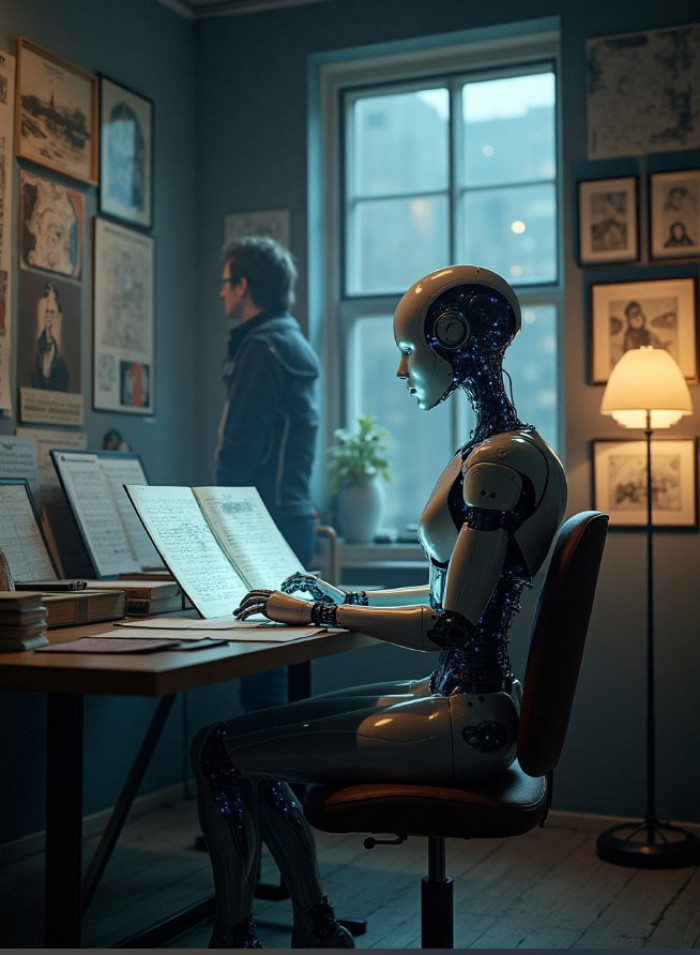
That question sits at the center of the creative struggle with artificial intelligence. On the surface, AI appears astonishing. It can write a sonnet in seconds, produce melodies that sound radio-ready, or design a striking logo after a single prompt. But beneath the polished surface lies a truth that is harder to ignore, AI does not create in the human sense. It learns from patterns in massive datasets of human work, then recombines them into something new. The result may look original, but it is a reflection, not a revelation.
Why Human Intent Still Matters
For humans, inspiration comes with intent. A writer borrows a rhythm from Hemingway but fills it with her own voice. A painter takes cues from Monet’s colors but filters them through personal memories. That fusion of influence and individuality is what makes art authentic. AI, by contrast, has no inner life to draw upon. It does not struggle, dream, or carry experience. It can mimic, but it cannot feel, and that difference shows when we look closely.
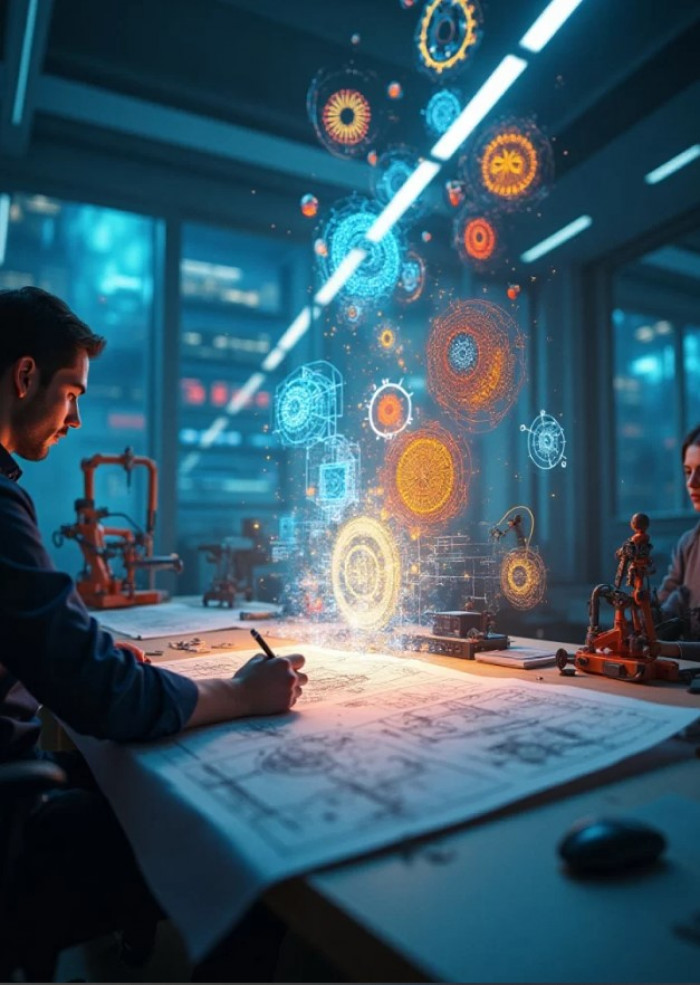
The ethical weight of this becomes clearer every day. Many AI systems are trained on copyrighted works without consent, raising questions of fairness and ownership. Artists discover uncanny echoes of their styles in AI-generated pieces. Writers see phrases they once crafted appear in machine output.
Finding the Space for True Creativity
And yet, it would be a mistake to dismiss AI as useless in creative spaces. Many professionals have discovered its value as a companion rather than a competitor. It can spark ideas, generate variations, or offer directions that the human mind might not immediately consider. But its role is strongest when it serves as a tool for exploration, not as a substitute for the human voice.
The illustrator, whose work was nearly copied, eventually used the AI image as a challenge. She pushed her own piece further, layering textures, symbols, and meaning until it was undeniably hers. What began as imitation became the spark for deeper originality. That small example captures the truth of this moment: AI may echo, but it cannot define. The choice to transform inspiration into something authentic still belongs to us.
The machine may provide sparks, but the fire remains ours to tend.
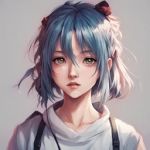
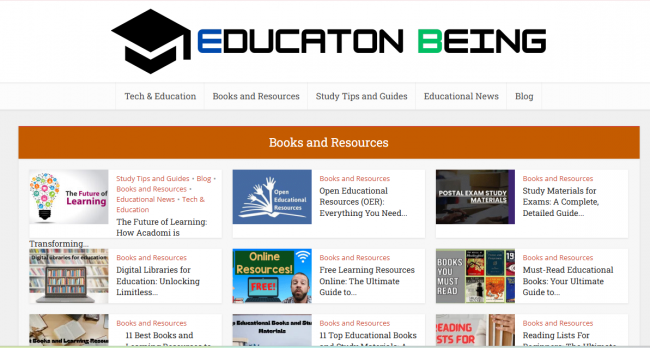
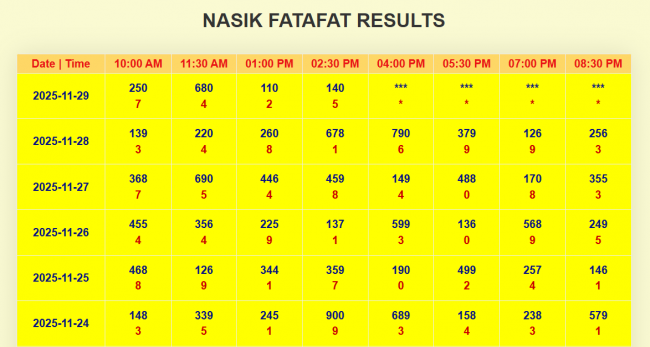

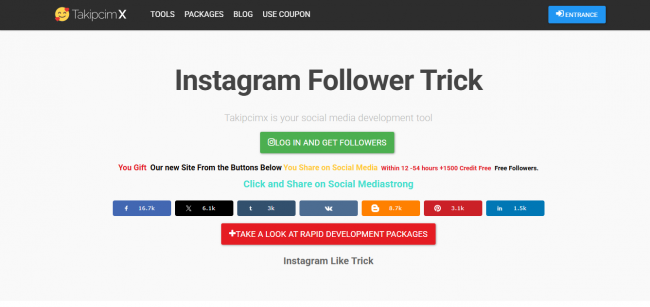
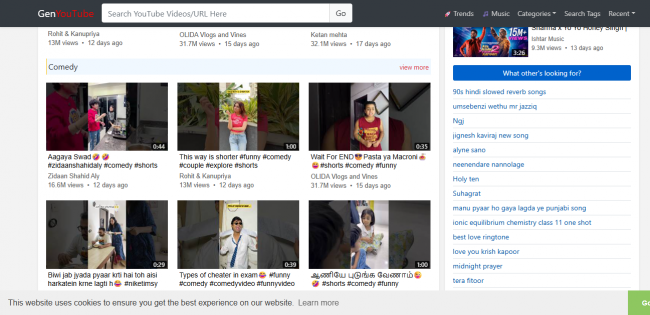
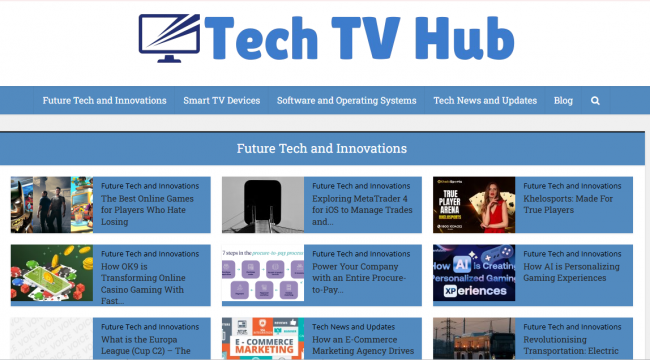

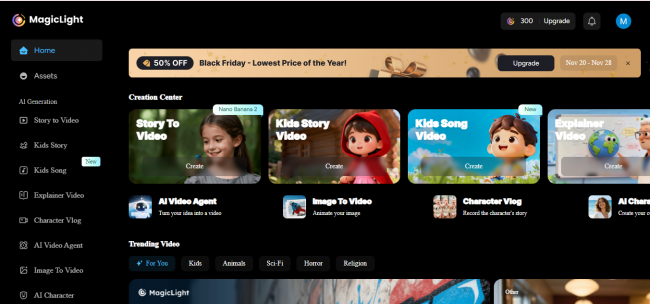
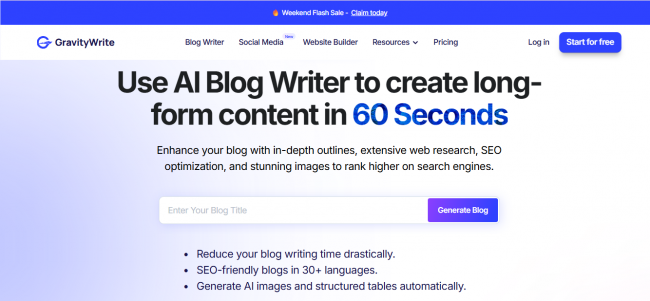
Comments